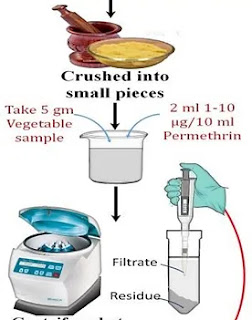Microbial Remediation Measures for Fluoride Contamination
Fluoride is very abundant in the Earth’s crust. Its usefulness ranges from several industries,
agriculture to human health. The significance and use of fluoride in plants and human bodies vary
and lack established conviction. However, with concentrations higher than the permissible limit, it
poses a threat to soil quality, plants, microbes, and human health. This non-metal can often
originate from various sources, posing a grave danger to different ecosystems and the health of
organisms. Fluorosis caused by excessive fluoride is endemic in several nations, including India. To
mitigate fluoride toxicity effects, conventional methods and now more sustainable biological
defluoridation methods are gaining popularity. For decontamination, plants or/microorganisms are
employed to remove pollutants such as fluoride. In this review, we analyzed the microbial
remediation strategies to evaluate the potential of microbes towards improving soil health and
environmental sustainability.
READ MORE: https://www.envsciarch.com/_files/ugd/4b6a78_ba704958c17a427690b9905d2e6729f1.pdf




Comments
Post a Comment